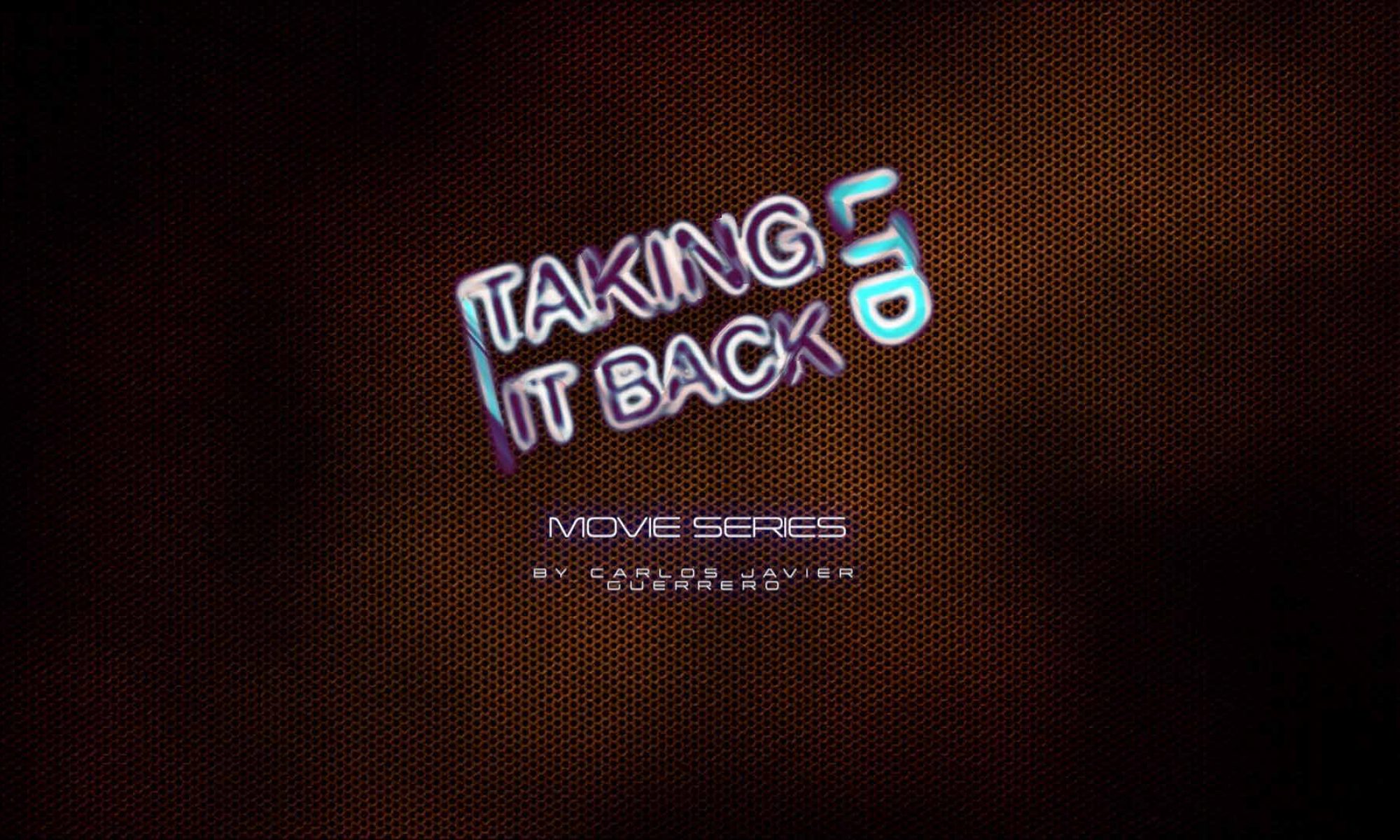Presentation:
Starting with the appetizer of a gambling game inside an international crime meeting in Hong Kong, The Strength Of The God Of Thunder unfolds as an adventure for Raul in Kyoto, the ancient capital of Japan inside the most archaic martial arts world and old Japanese culture, myths and philosophy. A challenge for a superficial character as Raul is, who will have to interact with the locals actively inside strict rules and other idiomatic challenges he is not used to.
The Concept:
The concept for this story is the Far East. As a person who loves the Far East and after years of living and studying about, particularly Japan and its culture, it was burning inside of me the desire for creating a new adventure with Raul in this place that is so close to me I considere home. Nothing of this is applied to Raul’s character, who as most of the foreigners who visit Japan casually, he just enjoys superficially the Japanese culture and in his case, as opportunist as always, he tries to take what is more convenient for him. Even if Raul can’t appreciate them truly, I try to show some of the best topics about Japan I can include in the limited length of a movie.
Maybe because of his superficial understanding, this is one of the places where Raul has the most problems in obtaining what he wants, one of the most confusing experiences for Raul and that’s something he can share with many newcomers to Japan. Even if Mary has no real presence in this story and Yoshida stays away from the job himself, are the local Japanese new characters the ones who will take over, with a strong presence to battle with Raul until the end.
Avoiding Tokyo and modern Japan for this story, the Japanese tradition and culture display a strong presence, particularly Karate and Buddhism. Not that the portrayed Karate is representative of the most standardized schools in Japan, but the opposite. For this story, allow me to choose some extremes. Even Tazawa’s hardcore Karate is a fictional full contact style though the most of the Karate styles follow controlled striking rules to avoid harming the opponent in competition. In this case I take myself the liberty of making it more mean and big than any real school. This helps to show about the most archaic and strict Japanese society in its hierarchy. For The Priest’s Karate school I picture a more romantic spirit, somehow stereotyped abroad, but still fascinating. It has some hues of the controlled fighting style and Okinawa’s secret styles that don’t go into competition though their few practitioners can be amazing masters. Nevertheless I try to make use of my personal experience in the general Shotokan Karate for some of the action scenes, on the screenplay, specially with Ayumi’s movements.
For Buddhism, the touches are not so deep, but more symbolic and stereotyped I admit, and I even dare to “create” a curse for anyone who steals in a Buddhist temple.


